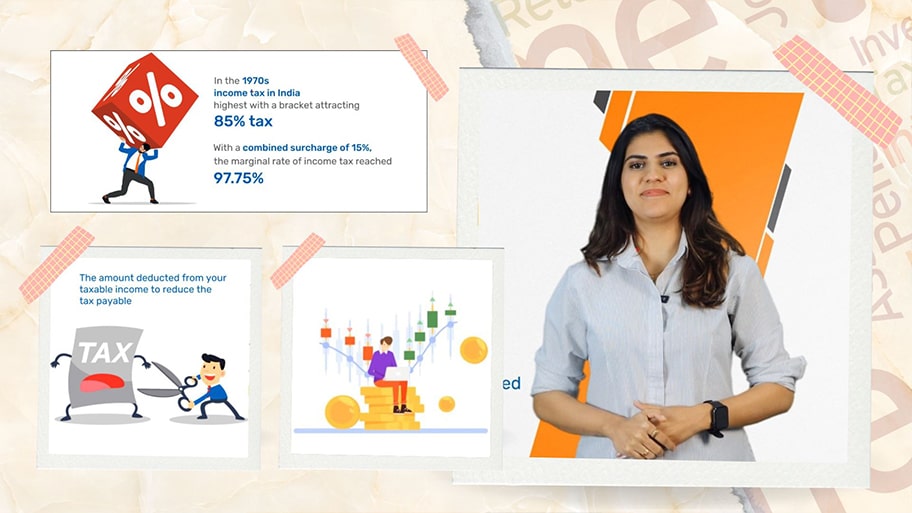Money Mastery: The Art of Budgeting and Saving
Managing your finances is a crucial skill, especially in a diverse and dynamic country like India. In this video, we’ll cover the essentials of budgeting and saving to help you take control of your financial future. You might learn how to track income and expenses, create a practical budget, and allocate funds toward essential expenses, savings, and discretionary spending.
We’ll also introduce saving strategies, like setting specific goals and automating savings, that might help build a strong financial foundation. Additionally, we’ll explore investment options such as mutual funds, fixed deposits, and PPF, that could guide you to grow your money over time. Understanding tax planning could also be essential. We’ll discuss how to optimise tax benefits through instruments like ELSS and NPS. Managing debt and setting SMART financial goals are other crucial elements we’ll explore, that could help you achieve long-term objectives.
Financial discipline and awareness of cultural and socio-economic factors could empower you to make informed decisions. By mastering budgeting and saving, you might be able to pave the way to financial freedom and security.

Key Takeaways
You could track income sources and monitor expenses to gain better financial clarity
You could allocate your income by allotting 50% for necessities, 30% for savings, and 20% for discretionary spending
Prioritising saving might involve setting clear goals and using strategies like automatic transfers to build financial security
Exploring investment options such as mutual funds and fixed deposits could help you grow your money over time
Optimising tax benefits could involve investing in tax-saving instruments like ELSS, PPF, or NPS
Cultivating financial discipline, setting SMART goals, and considering cultural influences might help achieve long-term financial success
What to Watch Next
Bites

































